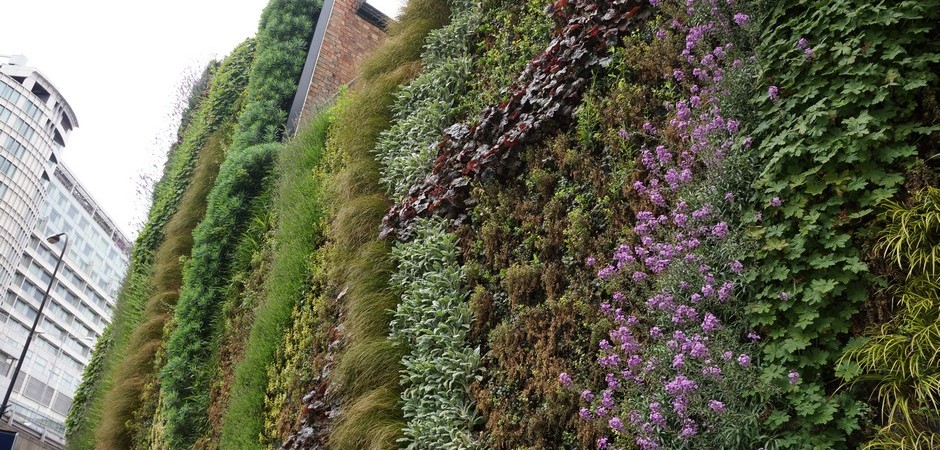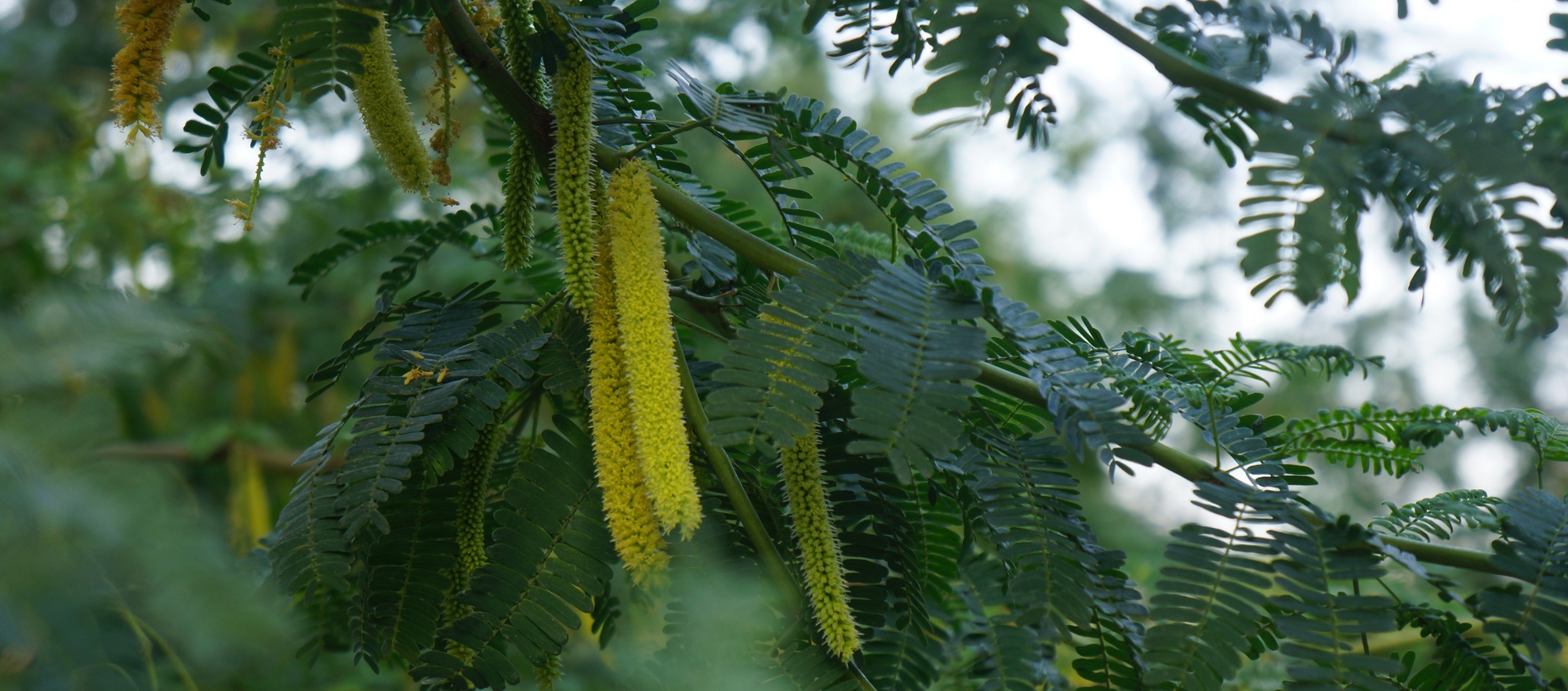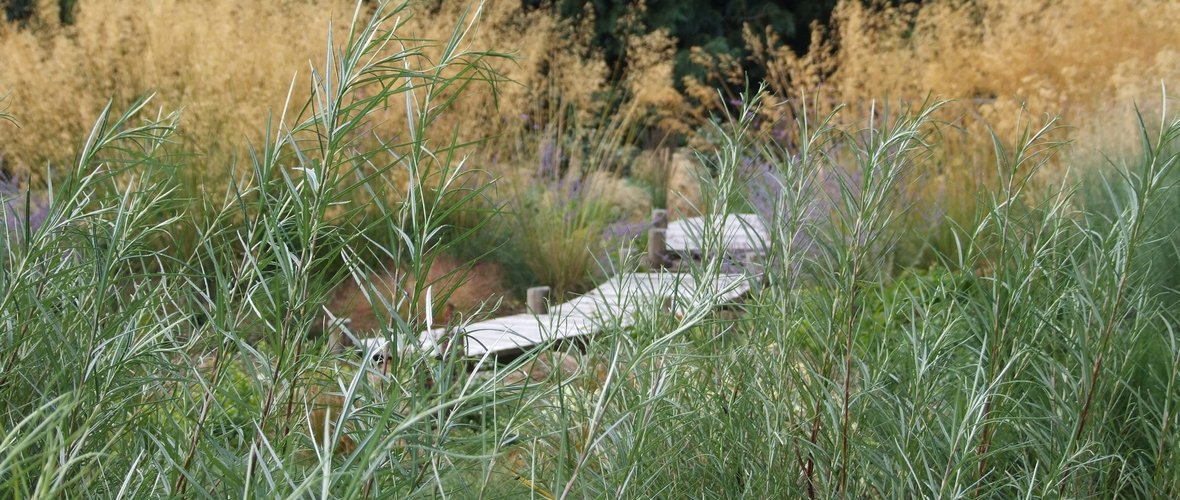The world is finally, at the last minute, waking up to the impending effects and consequences of climate change. In the scramble to work out what we must do (apart from the obvious cessation of burning fossil fuels), one thing, one factor is looming large: we need to put carbon back into the soil, where it can be stored indefinitely, and we need to reforest the Earth. Much of this is in the agricultural realm but there is a huge amount that can – and must – be done within the landscape and horticultural sectors.
Horticulture has a MISSION, it just doesn’t realise it yet
At the centre of this is good soil husbandry, something that we have largely forgotten about. Modern agriculture bypasses all need of soil health by chemically feeding crops; no need for microbes, nutrients, humus, mycelium or earthworms. Chemical fertilisers and herbicides bypass the lot. Most of our soils now are depleted to the point of useless by chemical farming, exacerbated by the tradition of ploughing, which causes erosion from rain and enables much of the soil carbon to move back into the atmosphere.
So whilst we need current global models of food production to transform into regenerative agriculture and agroforestry, we also need to look at our urban landscapes and gardens, and create a new design ethic, a new paradigm, even. I can’t deal here with agriculture but I have been thinking long and hard on what the landscape and horticulture trades need to do; fortunately, I believe there is a lot that we can do.
We need to envelope our existing horticulture trade within ecology, to create an “environmental horticulture” You could also call it ecological, resilience or regenerative horticulture. We (those of us in the trade) know that as a profession, the training of both horticulture (growing) and landscape (doing) are in decline. Horticultural colleges have shrinking budgets and often get the less ambitious or capable students; after all, who is inspired by the prospect of strimming verges or hedge-trimming another unloved carparking lot? Yet the recent (pre-covid) report by the Ornamental Horticulture Roundtable Group valued horticulture at £24.2 billion in GDP in 2017. That’s not inconsequential, yet it goes unrecognised. Fortunately, there is a way to make it much more enticing to prospective students.
Horticulture has a MISSION, it just doesn’t realise it yet. That mission is to adapt our urban landscapes, parks, road verges business grounds, campuses and gardens to cope with climate change, to mitigate temperatures, infiltrate water, to grow biomass and regenerate soils back to health. Healthy soil is the foundation of life, of all life, including our own. Good soil holds fertility, water and carbon. Yet who amongst us now knows much of soil science? Who designs landscapes as ecologies, as “novel ecosystems”, who chooses plants because they have these abilities, not just for pretty flowers? Who designs plantings for their biomass harvest, for creating mulches to feed the soil?
In this respect, I don’t believe it’s necessary – or possible, in fact – to work with native plants only. What is native? What was native? What was here 11,700 years ago when the last glacial period ended and the glaciers retreated? Flora and fauna move around the globe all the time, they are opportunistic, not fixed permanently into some tightly integrated ecosystem. We know there is no “ecological climax” (other than for relatively short periods of geological time), no ultimate ecosystem for any given place. As temperatures rise, climate zones are now shifting away from the equator quicker than Nature can keep up, although it’ll get there eventually. Maybe we help nature, rather than interfere when we bring in exotic plants that naturalise. Maybe those plants are the start of new ecologies that will adapt to the rapid changes that this climate emergency is bringing us. If plants do well, we need to understand how to enhance and build new ecologies with them. This is how we adapt, how we survive and how we rectify the damage we have done as a species; not by returning to some pristine “before” (which doesn’t exist) but by assisting Nature to heal and adapt. The Earth will do this all by itself, and has done so many times. It doesn’t mind if it takes thousands, or even hundreds of thousands of years to adapt. But we do; we can’t wait that long. Just a ten-year long collapse of Nature would finish us as a species.

So horticulture needs to stop growing pansies in peat with unrecyclable plastic trays and start sorting out which plants really matter for our future; which ones contribute to new and existing ecologies, which ones are good for biomass, which ones contribute to soil health, which ones give us ecosystem services. We should not enhance one environment at the expense of another.
What’s needed is a very-near future profession of trained eco-warriors, soil saviours, tree patriots and landscape lovers. It needs people who understand soil and that soil dehydration is the biggest cause of climate change; people who know how to design and use sensors, data and the internet of things, people who see what’s coming and know how to mitigate and reverse negative effects, people who really know how to design and install green infrastructure that has real function and not just building bling. Our landscapes can grow food in amongst all the beauty, with urban food forests. We need to grow and harvest biomass as ornamental coppice to feed and mulch our soils, or to make biochar. We need new knowledge built on old and we need passion, commitment. A wise government would fund this for the returns will be numerous.
This is the enlightenment, that out of dire stress and trouble, we could really learn how to value, connect with and protect this crazy, beautiful world within which we live. Or we can do nothing and watch it all go to hell. I know which I’ll be doing.


Mark,
A very thoughtful and visionary article. I’m glad that I found your site. We have many common interests – I plan to share your blog site with my fellow environmental scientists.
I agree with you 100%. This is the kind of design and horticulture that I practise. I do my utmost to explain, encourage, and inspire my clients to do the same.